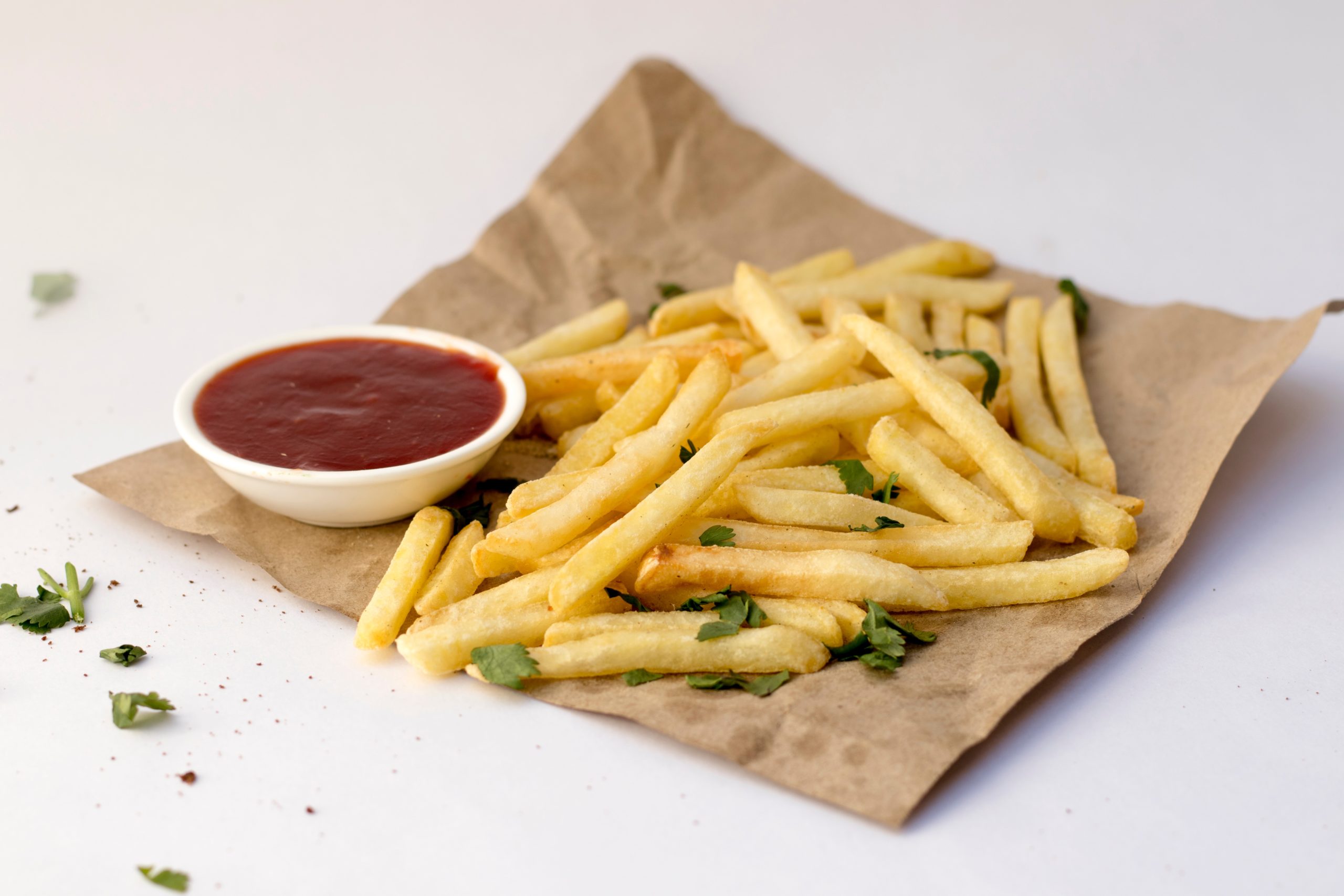A craving is described as an intense desire for a specific food, and if you’ve ever done a no-carb diet you know what I mean. Many times we will try to substitute something healthier in place of the specific desired food or food type. More often, however, we end up giving in to the craving. What causes these specific cravings and how can we control them?
What the experts say:
Information from The Cleveland Clinic explains that the reasons we crave sugar and salt have a physiological as well as a psychological component and are influenced by the environment we live in. In other words, it’s more about what we want instead of something out bodies actually need or are being deprived of. The influence of our surroundings also play a role. Suggestive marketing, commercials and what’s readily available to us can encourage cravings.
Also, some cravings are actually just a behavioral habit. If you are used to reaching for a bag of chips at your desk in the afternoon, you may begin to associate the salty snack with the certain part of your day and view it as a craving.
On the other hand, there are others that say cravings are caused by our body’s nutrient deficiencies. A few of the most popular examples is if you’re craving chocolate, your body needs magnesium. If you are craving red meat, then your body is iron deficient. If you are craving bread or pasta, your body wants nitrogen. Want sugary foods? You are missing chromium or carbon. Craving salty foods is popular; some will say psychologically you just want that satisfying crunch, while others say you actually need the chloride. While it would be nice to think we can explain away these cravings as something our body needs to justify eating them, there is not a lot of research to back that up.
However, there is some science to back the physiological part. Peter Pressman of the Cedars-Sinai Medical Center in Beverly Hills, California. and Roger Clemens of the University of Southern California School of Pharmacy explain that through the use of functional magnetic resonance imaging they found that “components of the amygdala, anterior cingulate, orbital frontal cortex, insula, hippocampus, caudate and dorsolateral prefrontal cortex are activated during periods of pining for food. It appears that there may be a network of neural regions that is involved with the emotion, memory and chemosensory stimuli of food craving.”
What can you do?
There are some healthy alternatives to the junky cravings you are having that will satisfy your mind and your body. Instead of something sweet like candy, reach for fruit or sweet potatoes. Craving chips? Try raw veggies to give you that satisfying crunch and foods high in vitamin B. What about cravings for cheese or fatty fried foods?
You may be missing out on essential fatty acids that foods like fish oil, whole eggs or avocados can provide.
There are also non-food cravings called pica. Pica is defined as craving or chewing substances that have no nutritional value. These can include things like paper, chalk, dirt or ice. These cravings can be especially common in pregnancy. Pica can point to an iron deficiency, but can also stem from stress or cultural factors as well. As with any other health concerns, be sure to talk to your doctor about any cravings you may have.

